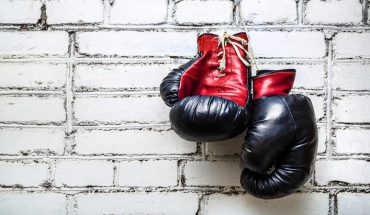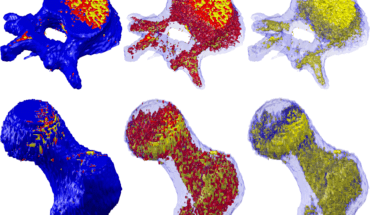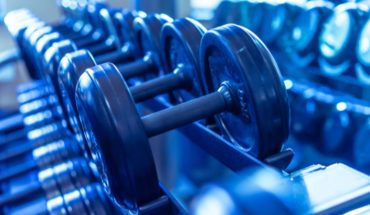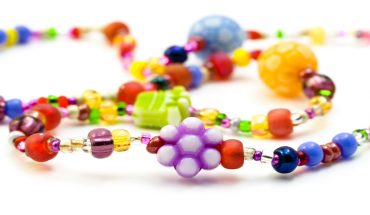Sammy Margo says she would rather be a stiffy.
When a patient walks into my clinic for the first time, I tend to automatically clock them as either a ‘stiffy’ or a ‘bendy’. It makes a difference to the way I treat them. Everyone falls somewhere on the stiffy/bendy scale and women are more likely to be bendy than men.Where they fall makes a difference as to how I manage their problem.
A stiffy is someone who doesn’t have a very mobile joint system. This may be due to several factors such as less type III collagen in the joint ligaments and capsules. It can also be caused by raised muscle tone due to an imbalance in synergistic muscle groups or shorter muscle fibres and tendons restricting range of movement. As physios we encourage this group to lead healthy active life-styles with an emphasis on movement little and often throughout the day.
Stiffies, who find it hard to touch their toes, never mind get into the Lotus position, will tend to stick to cardio vascular exercise, footie or weight-bearing exercises as they find it easier than Yoga which bendies naturally incline towards.
Stiffies may have a higher resilience to changes in their environment, but when their bodies fail, it can be very hard to put right. Bendies have looser joints. This is caused by the physiology of their collagen which is different to that of a stiffy. This is down to genetic predisposition. You inherit your bendiness. They tend to suffer from back ache and general joint pain and more serious cases can have frequent joint dislocations.
These are the clients who are more loose and slump into the waiting room chair needing to lean against something. They will walk with a looser gait, perhaps swinging their arms quite easily. They can even look a little wobbly on their feet if they have hypermobility. These were the girls who could do the splits at school without trying. In the hypermobile patient, high level activity actually helps them to stabilise their motor systems, therefore we push them harder with exercise choice and prescription to enhance their tone. You require 40 per cent more muscle tone to sit upright if you are hypermobile compared to someone who is ‘stiff’ and can hang on his or her ligaments for support.
It is interesting to note that most elite athletes are on the hypermobile spectrum. The joint laxity gives them motor control across a greater spectrum of movement and therefore perform at a higher level.
Hypermobility is arguably more ‘highly tuned’ like a F1 racing car. People who are hypermobile are often more sensitized to changes in their environment – hyper-reflexia, anxiety, type A personality traits. But most of the bendies that I meet are not elite athletes, in fact with modern sedentary lifestyles they are struggling more than the stiffies. Stiffies tend to suffer from a reduction in their range of movement but aren’t as aware of it as bendies so for example when arriving at a T-junction they may struggle to turn their head to watch for oncoming traffic.
Our first plan for treatment for both stiffies and bendies is to reduce pain and optimise mobility. But after that, treatment changes according to where you sit on the bendy/stiffy spectrum. Stiffies need to mobilise and stretch more whereas bendies have to strengthen and stabilise more. Interestingly, even physios are ruled by their stiffy/bendy status. Bendy physios have a shortened career span in a Manual Therapy setting whereas stiffie physios seem to go on for longer. As an employer, I encourage my hypermobile physios to develop a wide range of skills and evidence-based practice and consider less manual types of work such teaching pilates and acupuncture to ‘save their hands’.
It is worrying that the number of people who suffer from hypermobility from childhood into adulthood is growing exponentially. When I started out as a physio more than 25 years ago it was so rare that I wasn’t even aware of it.
Now, it’s a common specialism for physios up and down the country. The reason for the change is simple – children are much more sedentary and much less active than they used to be.
When I was growing up, kids spent a lot of time outdoors playing with each other. Now, kids are more likely to be indoors watching TV or playing video games, partly to do with rising awareness of stranger danger.
The natural bendies don’t build up muscle around the joints, which would stabilise them. When they get to adulthood, they start to suffer all sorts of problems, but it would have been easier to solve the problem in early life.
Building strength and muscles around the joints is key to improving outcomes for people with hypermobility, but I have to bully them to do more strengthening and less stretching and move away from yoga – which they excel in – and towards other types of exercise which are going to build muscle.
In fact, the stiffies are the ones who should be doing yoga, but they tend to avoid it because they are ‘not very good’. Instead, they opt for Pilates. It’s all the hypermobile people who tend to do yoga because it comes easily to them, but in my opinion they should avoid it and do weight-bearing exercises like jogging instead. I’ve treated countless numbers of bendies who have done serious injuries to their knees doing yoga positions that involve deep bending and lunging.
For my career choice and a musculoskeletal physiotherapist I’d rather be a stiffy than a bendy as my bendy colleagues have had to retire earlier.
- Belt up for health - 25th April 2017
- The physical toll of terrorism - 27th March 2017
- The Good Sleep Expert relaxation podcast – progressive muscle relaxation - 25th March 2017







